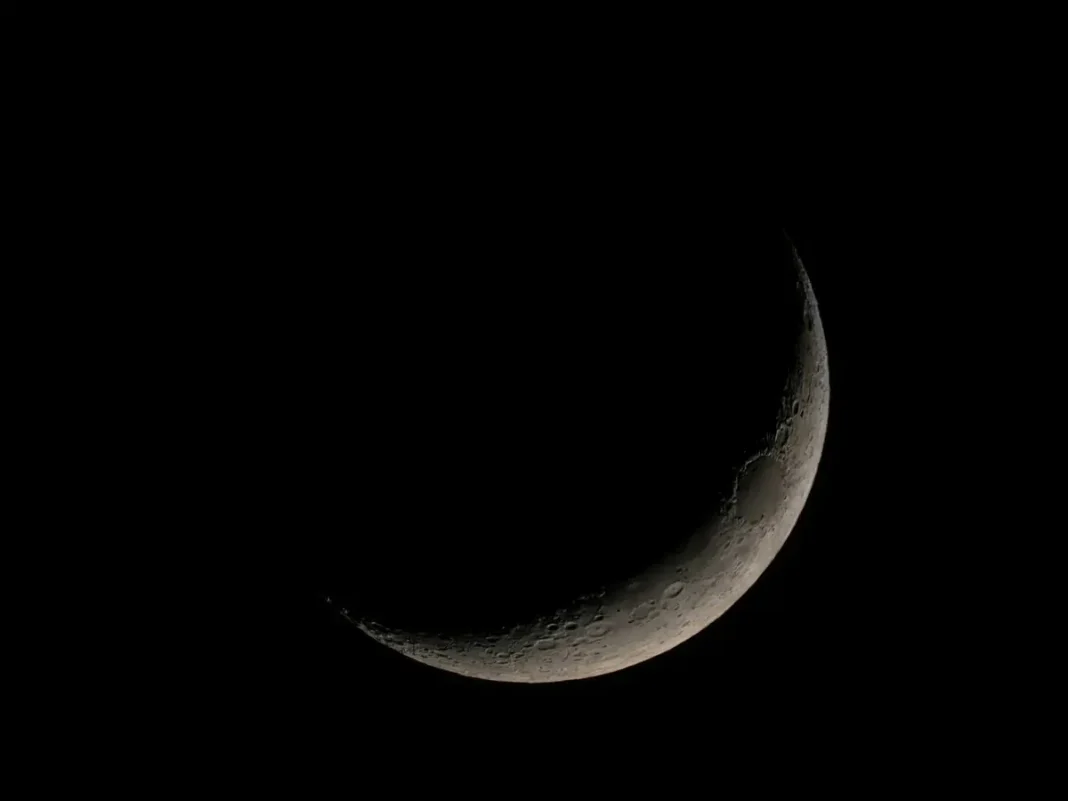Key Takeaways
- The Moon contains an estimated million metric tons of Helium-3, a non-radioactive isotope crucial for clean fusion energy.
- Major space powers like the US, China, Russia, and India are in a new space race to establish lunar mining operations.
- Commercial contracts for lunar Helium-3 are already being signed, with one deal valued at $300 million.
A new global race to the Moon is underway, driven not by exploration alone but by the potential to mine Helium-3, a rare element that could power future clean energy reactors.
Lunar soil, or regolith, is rich in Helium-3, a light, non-radioactive isotope deposited by solar wind over billions of years. The European Space Agency confirms this element can generate clean electricity through fusion, producing no dangerous radioactive waste, unlike current nuclear fission technology.
The Lunar Treasure Trove
Earth has a severe shortage of Helium-3, producing only a few thousand litres annually from tritium decay. In contrast, the Moon is estimated to hold a million metric tons scattered in its topsoil. The concept was first proposed by Apollo geologist Harrison Schmidt.
This potential has triggered a competitive scramble. The US, China, Russia, India, and Europe are vying to establish a presence, as the first to arrive could control these vast resources. Plans include building permanent lunar bases to exploit valuable metals and using the Moon as a launchpad for Mars missions.
Mining Deals Before Landing
Even before mining becomes a reality, commercial agreements are being forged. In September 2025, Helsinki-based Bluefors signed a $300 million deal with startup Interlune to purchase up to 1,000 litres of lunar Helium-3 annually. Separately, Blue Origin announced Project Oasis to map lunar resources like water ice and Helium-3 from orbit.
Who Will Win the Race?
NASA’s acting chief, Sean Duffy, recently stated his confidence that China will not reach the Moon first. Meanwhile, Beijing is determined to land humans soon and explore the water-ice-rich south pole.
Regardless of who lands first, the ultimate challenge remains: achieving a sustained Helium-3 fusion reaction. Gerald Kulcinski at the University of Wisconsin–Madison built a small reactor for this purpose, but no one has yet achieved a fusion reaction with a net energy gain for more than a few minutes.





